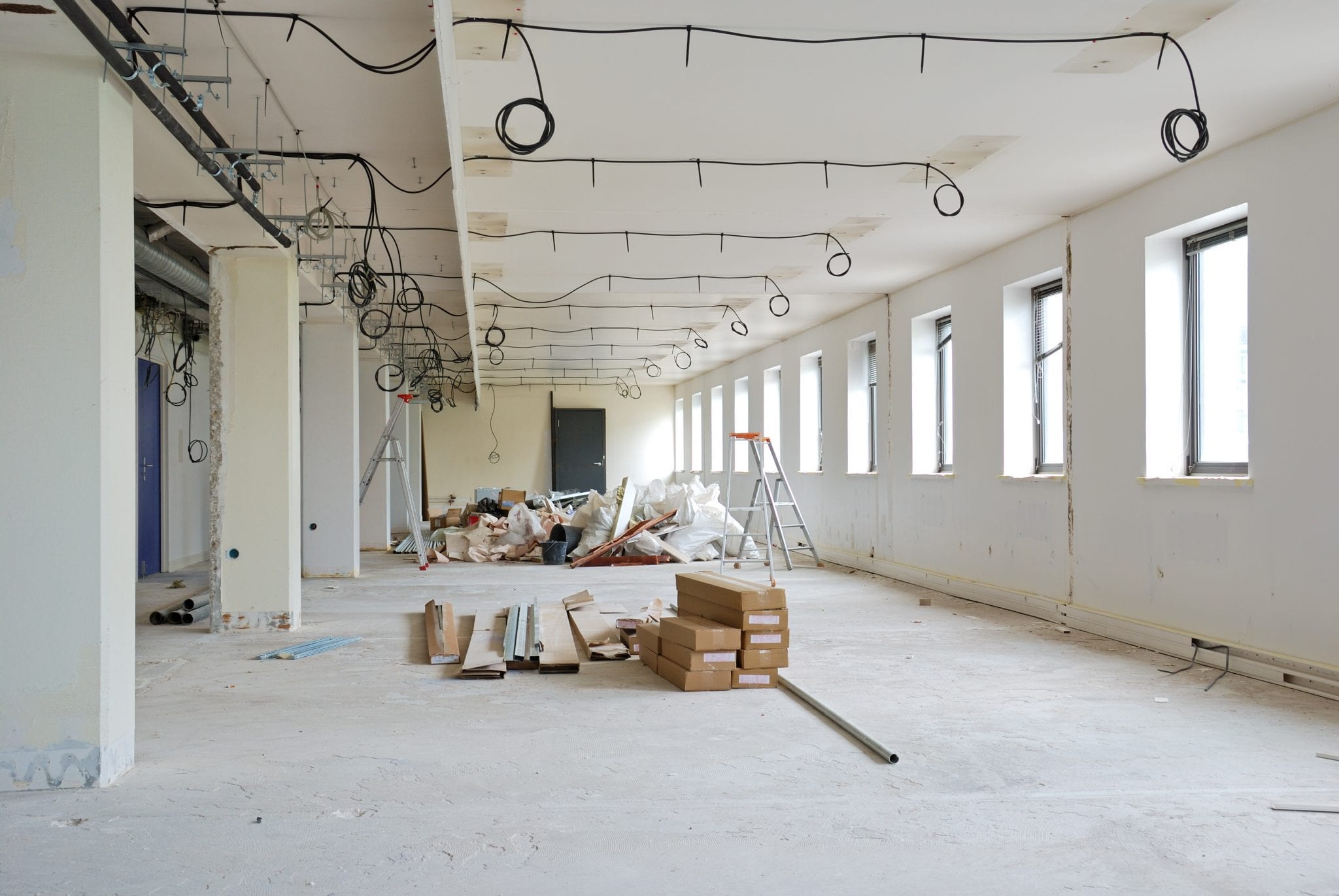Three ways to save big on your next commercial project
Reducing your capital expenses has always been a goal seldom achieved. It has become even more important through this time of COVID recovery. One of the most expensive capital costs will be renovations or the fitout of a new location, so we thought we would share some tips on reducing this cost. There are multiple opportunities for commercial clients with a large property portfolio to secure deals from their builders. These are our top three tips on getting the best value for your upcoming commercial projects. In our experience, utilising the following measures can save as much as 25% on a $300 000 project. That’s some pretty significant savings that can go towards something on the wish list that wouldn’t otherwise make it, or rolled over to the next project.
Sign up for multiple projects
The majority of builders prefer ongoing work, and will be prepared to lower their rates and improve their service to secure it. They can, in turn, promise their preferred contractors ongoing work in exchange for better rates. If you know ahead of time that you have a roll-out, or know that you usually do several jobs each year, it will benefit you to engage the builder’s services ahead of time and secure a better rate for each. Alternatively, you could even base the agreement on a certain amount of revenue, dangle the carrot, so to speak, and sign the builder up for several jobs in exchange for good service and good rates. If you choose to use one of these methods, make sure you protect yourself by including a few conditions in your agreement. We recommend the following as a minimum:
- That works are completed on time,
- That work is completed to a satisfactory standard, and
- That any issues or warranty items are addressed in a timely manner
Pre-purchase materials
It is common practise to repeat branding design and themes over multiple projects. This creates an opportunity for feature items to be purchased in bulk. Buying in bulk will almost always result in a lower cost per item. Look into purchasing from offshore manufacturers, particularly for high value items. The quality is often just as good as local products, they do have a similar, sometimes slightly longer, lead time, but are always significantly lower in cost. This method may be for you is you are ordering:
- Custom joinery
- Fixtures
- Reception desks
- Point of sale counters
- Displays
- Coffee stations
- Desks
When ordering in bulk, you may have to factor in storage costs if you aren’t using the items promptly, so be sure to include storage in your budget. Speak to your builder about this, as they may have facilities, but if not, there are plenty of companies that specialise in storage and logistics.
Cost-plus arrangements
A cost plus contract refers to a contract where the builder incur costs through, materials, subcontractors and staff. The costs of those materials and services will be passed on to the client, with an agreed upon margin to cover overheads and profits. In a cost plus arrangement, there is no fixed fee on the outset, however the builder should be able to provide accurate estimates after going through the tendering process with subcontractors and choosing materials.
There are many benefits of entering a cost plus arrangement, namely:
- It reduces the risk of a fixed cost contract for the builder. A lower risk should equate to the builder also accepting a lower margin.
- It often reduces the lead time, as items can be ordered early before the tendering process is completed and all of the costs are known.
- It’s an open book process, this client involvement creates trust, allows for better decision making and a better understanding of the project.
- There is less incentive for builders to cut costs using cheap alternatives, instead there is a higher focus on quality.
- It is a great way to overcome a project where the scope is difficult to determine at the outset, or is prone to several changes during the process.
It should be understood that fixed price contracts should only be used on commercial projects. There is also risk associated with not having a predetermined fixed cost for the works. The keys to success on a cost-plus contract is accurate record keeping and open communication.
At Core4, we will often have different margins for different trades, and in some cases, major subcontractors will have a 0% margin which equates to major savings for clients. Please contact us to discuss these and other cost saving options further.
